It’s the early 1950s.
A young man from America in a dusty derby cap hops out of a cab on a rainy night in Paris, and hurriedly shuffles through puddles and cobblestone to a dimly lit phone booth to place a call to his travel agent back in Florida. He’d just met a girl in a cafe and suddenly wants to cancel his flight to Tangier in the morning and instead book a train to Madrid in three days to pursue his new romance.
Under his arm is a wet paper map of the city, its creases weathered from use. His money has to be wired to a bank because ATM machines are so far in the future, the 3 letters don’t even make sense when combined.
When he writes home, the postcards take weeks to arrive, and all communication is one-way because the people on the receiving end have no way of knowing where to send their reply.
This is how I picture what backpacking must have been like before the technological revolution of the late 90s to the present day: a cold, uninformed world with inconveniences around every corner.
Now, I choose and book my own flights from the comfort of a hostel common room or cafe.
I don’t need to call anyone, I just write e-mails and give my credit card numbers. If I need to know a new city, I have a detailed map on a device in my pocket that will even show me the bus, train, and subway routes and schedules. I can talk to an image of my family and friends on a laptop screen in real time, regardless of the time difference – that is, as long as I have a wi-fi connection. Have a travel need? There’s an app for that.
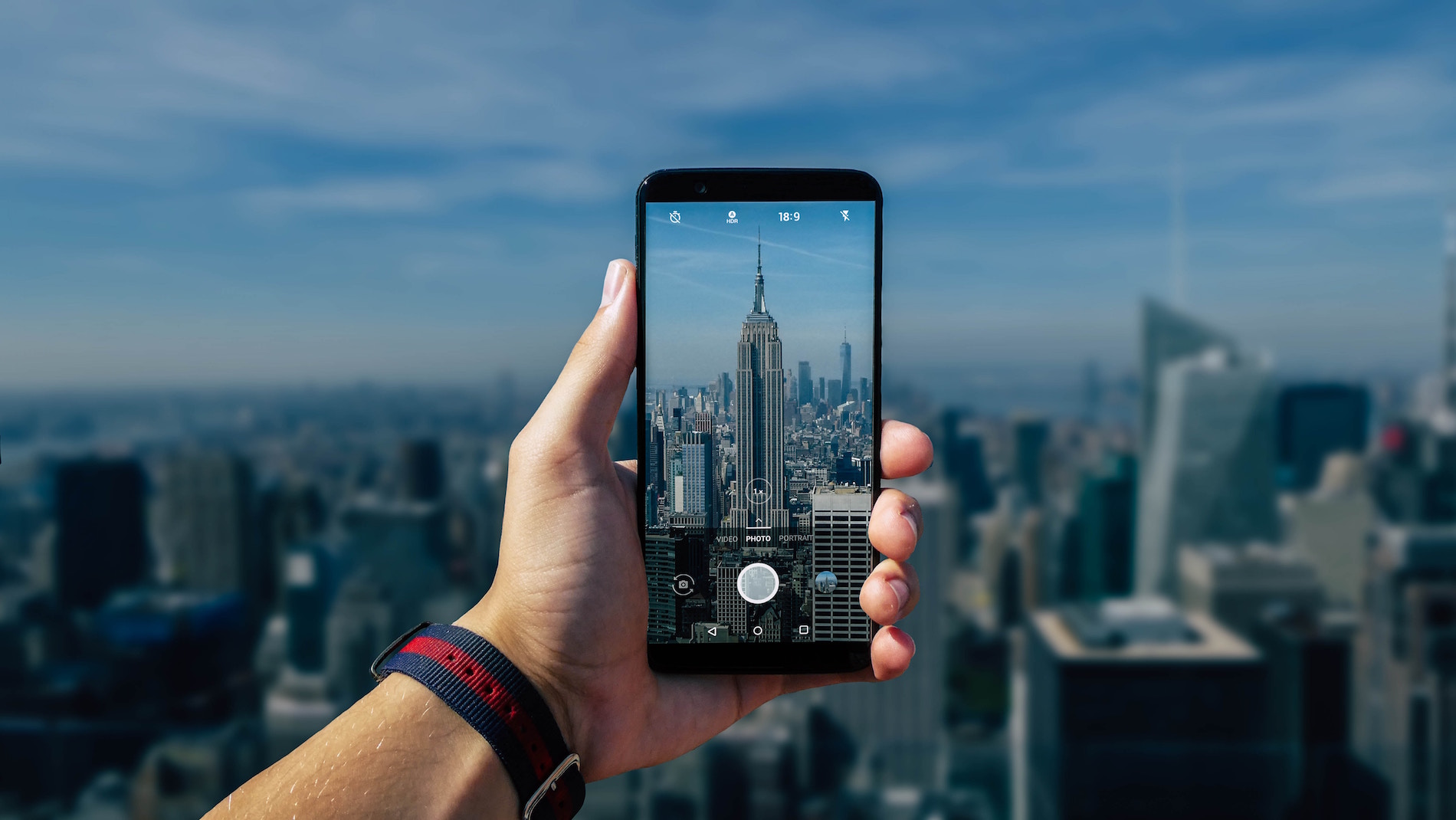 Photo by Nikolai Justesen on Unsplash
Photo by Nikolai Justesen on Unsplash
It’s truly incredible how far we’ve come as a global society in such a relatively short amount of time.
The tools and connectivity that the internet has afforded us are downright amazing. I look at social media as one of those tools. Like any tool, if used correctly, social media can be of great benefit. But if mishandled it can be a source of annoyance at best to full-on misery at its worst. It’s like a fire that you can either use to cook your food with or burn your house down. The key rests in how it’s used.
The following is a list of a few “dos and don’ts” with social media that I’ve discovered work for me in my time traveling.
I don’t claim to be an expert on the topic, and I am aware that everyone’s opinions and motivations for using connective platforms, as well as for traveling, are different. I’m just sharing a few tips and reasons of my own for using these tools in the way that I do, in the hopes that they will help you to navigate the social media landscape while wandering the globe. Take or leave them as you wish.
1. Stay in touch
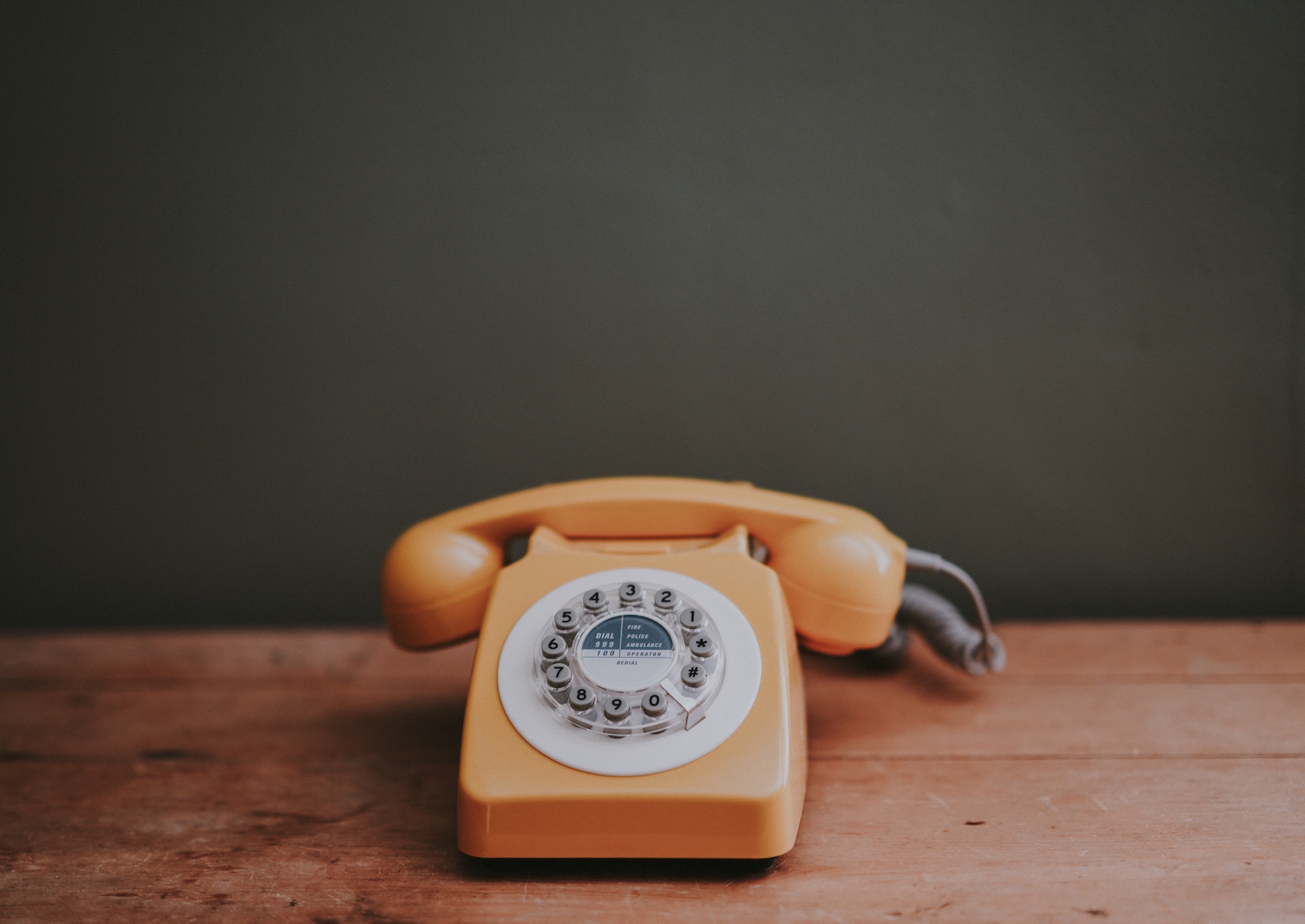 Photo by Annie Spratt on Unsplash
Photo by Annie Spratt on Unsplash
The first and most undeniable benefit of social media is that it allows us to stay in touch with our family and friends when we’re away. I personally use the Facebook messenger app the most for this, though I know many use WhatsApp for the same purpose. The downside to WhatsApp is that it requires you to have a phone number to use the service, something that I don’t always have as a traveler.
2. Don’t stress your mom out
Facebook also has a “Mark Safe” feature whenever there’s a major disaster. You can let everyone know you’re O.K. after anything from a tornado to a suicide bombing. This is great for keeping your loved ones’ minds at ease when you’re away. Your mother worries about you enough while you’re gone. This will prevent from adding to her stress until you can get in contact.
3. Eat up “The Feed”
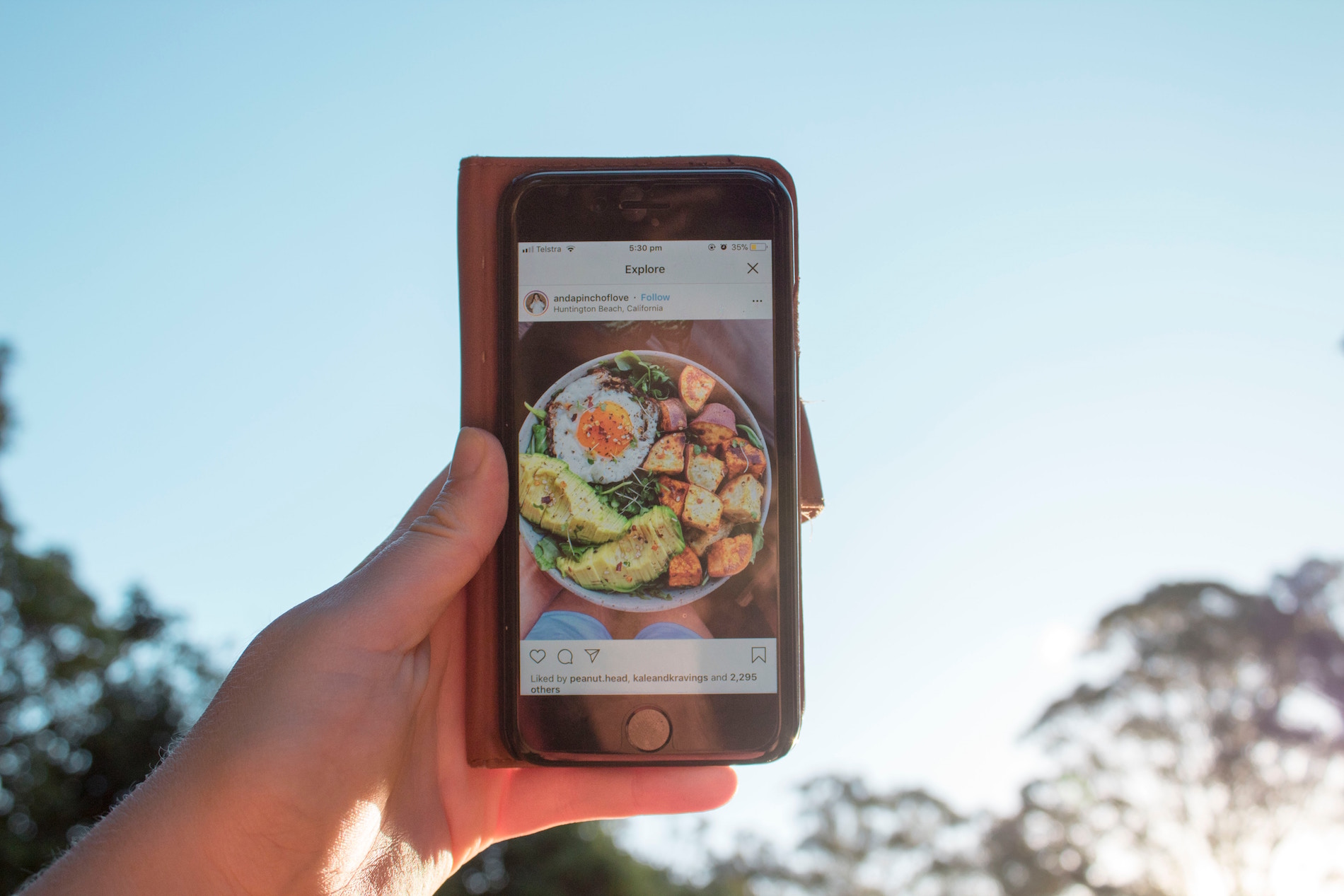 Photo by S O C I A L . C U T on Unsplash
Photo by S O C I A L . C U T on Unsplash
Then there’s the main attraction of most social media platforms, that long scrolling list of everyone’s public contributions, The Feed.
I have a few friends who have opted out of social media altogether and only use e-mail. They’re great to keep in touch with, but they can become easy to forget when you don’t see their face and picture pop up every once in a while as you scroll your feed. Facebook and Instagram seem to be better than conventional e-mail for keeping up and keeping in touch with people you meet in passing, which is usually about 95% of your interactions when on the road.
4. Check-in to community
Another benefit to Facebook is the check-in feature, which lets you show where in the world you are. This is a great way to send out a signal and reconnect with people you’ve met in your journey, either while you’re both still traveling, or to meet up with someone in their hometown when you arrive.
I’ve reconnected with so many people this way that I’ve now made it a habit whenever I arrive in a new place.
When I landed in Nicosia, Cyprus a couple of years ago, I put out the message that I was in town. At the time I didn’t know any Cypriots, so I wasn’t expecting a response. But a few hours later, I received a message from a friend from Scandinavia that I had worked with in Nicaragua almost 3 years prior. After a couple of years spent traveling, she had moved to Cyprus and was working as a fitness instructor at a local hotel. We met up for drinks and caught each other up on life after Nicaragua. It was totally unexpected and a very pleasant surprise.
A word of warning…
If you choose to use this feature, do not state your presence until you are actually in the country or city you plan to be in.
There’s an option to announce your full travel plan, i.e.: “Betty is traveling from New York to Paris.”
I personally don’t like to share my travel plans before I arrive. Firstly, because I may not make it. There’s always the possibility that I may miss my flight or train or bus or whatever, and then I may have someone awaiting me on the other end.
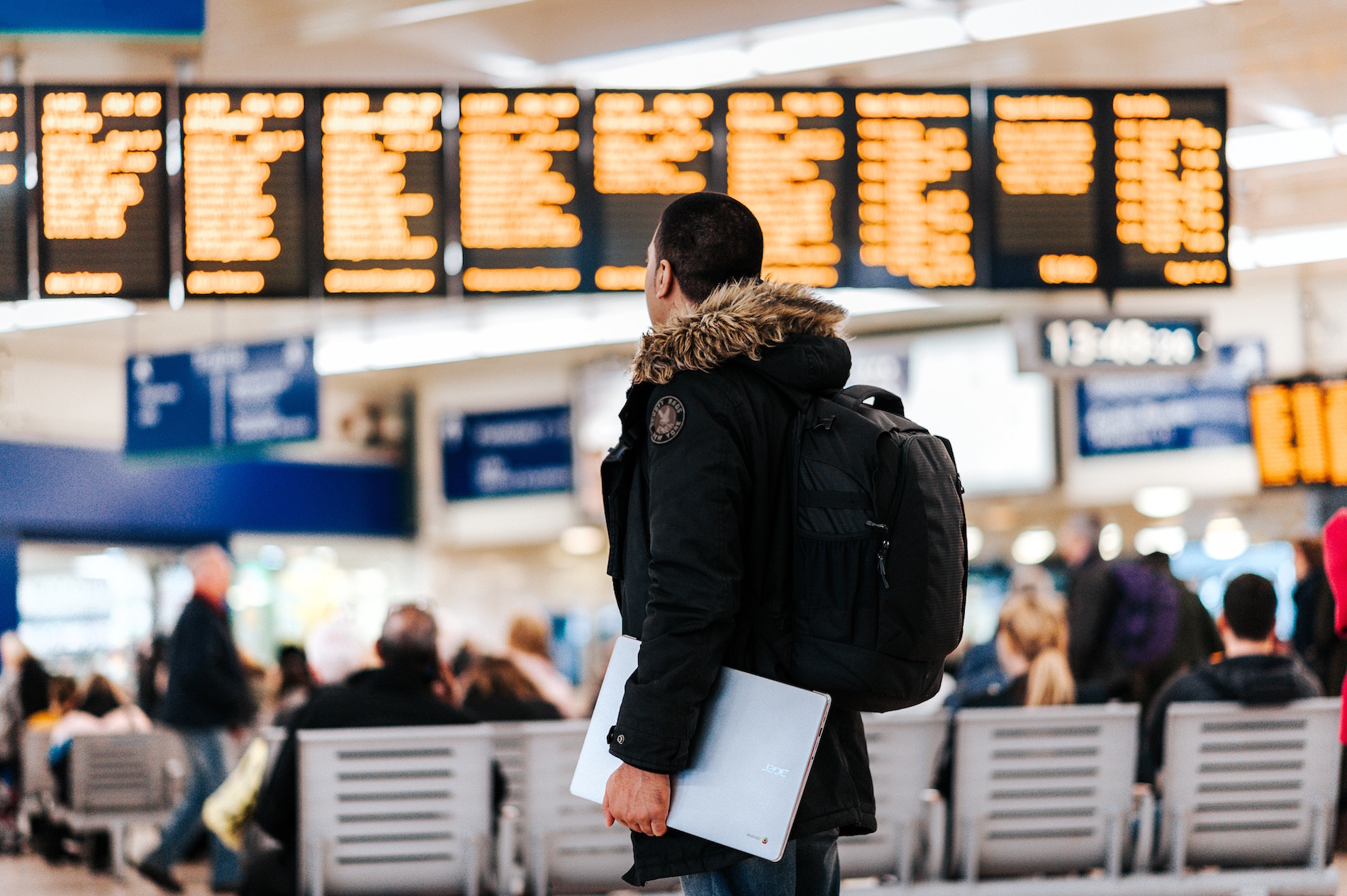 Photo by Anete Lūsiņa on Unsplash
Photo by Anete Lūsiņa on Unsplash
Secondly, I like to travel with spontaneity and keep my options open. I don’t mind if someone reaches out once I’ve landed and we make plans from there, but if someone’s anticipating my arrival and starts trying to plan my trip based on a Facebook check-in, chances are the experience will be too structured for my taste.
If I’m going specifically to see someone, we’ll make those plans beforehand. But to casually get in touch with anyone in general, the check-in feature is the way to go.
5. Keep track of friends
 Photo by Annie Niemaszyk on Unsplash
Photo by Annie Niemaszyk on Unsplash
Services like Facebook, Instagram, and Snapchat are also great for keeping track of everyone while you’re away. With the feed feature, you can catch yourself up and stay current with all of your friends and acquaintances back home, while they can stay up to date on pictures and videos of your travels. It’s a nice periphery way to stay in touch while you’re out in the world.
However, I have found that there are some unforeseen drawbacks to this.
For one, when you do return home, both you and your friends can soon run out of things to share. They’ve already seen the places you’ve been from watching your page. And you can quickly catch up on their life with a few swipes on your screen. It can turn a lovely reunion into an awkward bore if both parties over-research.
The solution? Try not to over-post on your own pages and not to spend too much time scrolling through feeds and checking up on others.
It’s so worth it when you see an old friend after a long time and can share your travel photos and stories in person. And it’s so much more meaningful and moving when you see how big your friend’s kids have grown when you see them for the first time in a long time, in front of you, versus watching them grow up from the other side of a screen. Things like that make the wait worth it.
6. Stay moderated
I see another problem with those addicted to their devices: they miss out on life around them!
My heart sinks when I walk into a hostel to see all the guests huddled in their own corners, tapping incessantly at their palm assistant, giggling to themselves or scowling and remaining unapproachable. Hostels are a perfect place to meet people and have a real cultural exchange, but all too often, people remain oblivious while they’re busy updating their status and deciding which posts to like.
If you’re only traveling to sit on your phone and keep to yourself, you may as well have stayed home.
Try to put your phone down and stay present and social in these settings.
7. Don’t just do it for the ‘gram
This ties into another pitfall that my fellow backpackers would be wise to avoid: Taking photos specifically with the intent to share it on social media. Did you know that Instagram is changing the way we travel?
Of course you want to take pictures and save the memories you make while on the road, and nowadays with the technology that goes into cellphone cameras, practically everyone can be a photographer. But…
Be cautious not to get so caught up in taking pictures that you miss the actual unique moment.
I don’t know how many times I’ve been on a beautiful beach at sunset to watch that big yellow globe dip down to kiss the horizon and coax out beautiful pink, orange, and purple swirls around scattered clouds, only to look over and see a group of people staring at it through their camera app, or worse yet, with their back to it completely, fidgeting and fumbling with their hair as they try to get the right angle for that perfect “selfie.”
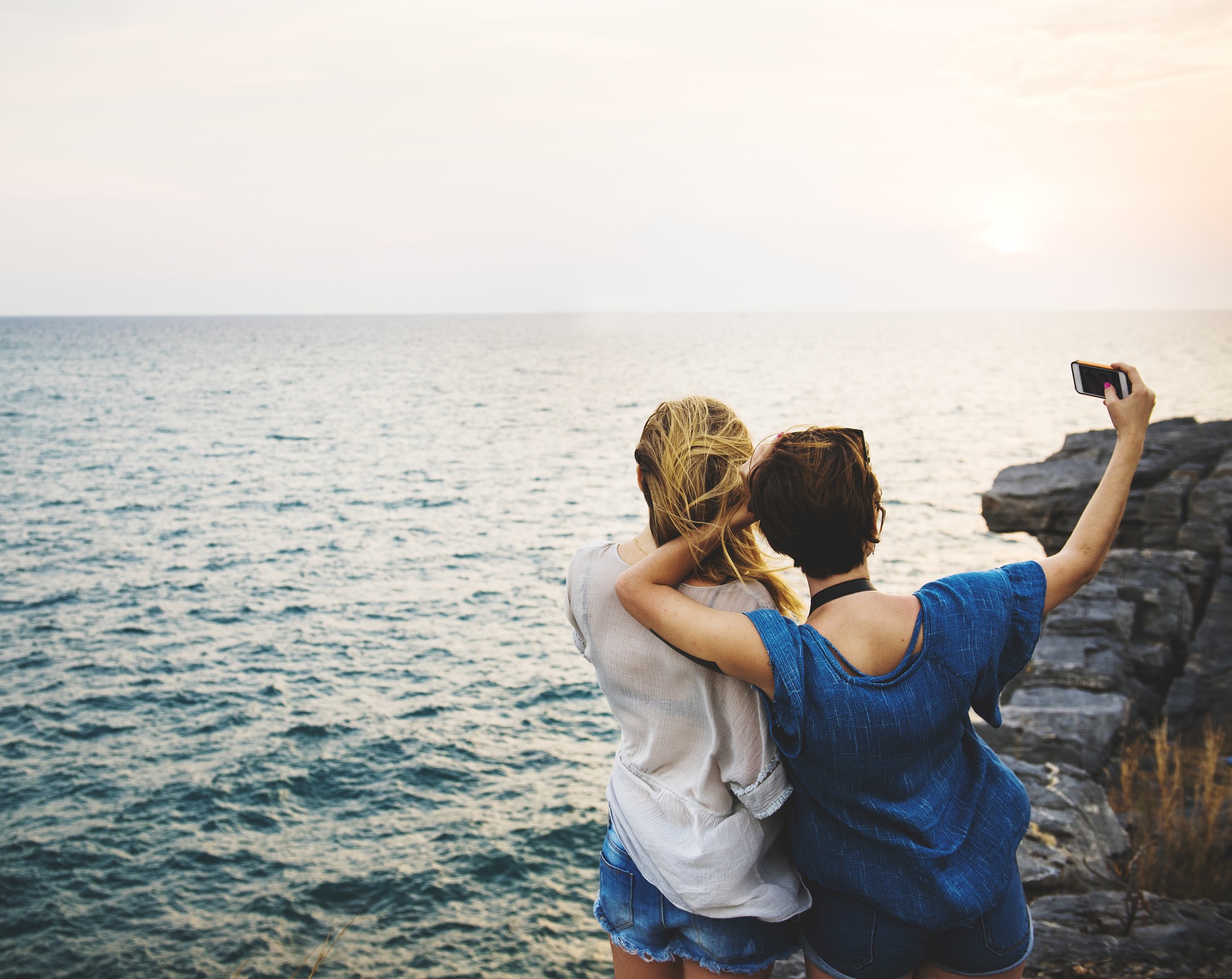 Photo by Rawpixel on Pixabay
Photo by Rawpixel on Pixabay
As soon as they have the right picture, they’re immediately buried in their phones, swiping vigorously to find the right filter “to bring out their eyes.” They then promptly march up the beach, their face aglow and their thumbs pounding away at their devices as they walk off like zombies in search of Wi-Fi so they can share and upload the newest chapter to their story and begin to tally up their likes, never once stopping to simply enjoy nature’s beauty.
I’m aware that in an era where the phrase “Do it for the Gram!” has come to replace the old demand of “Say Cheese!” I may sound a bit old-fashioned, but I think that if you’re going to travel, you should explore for yourself, not for your profile and followers.
For many people, vacations or extended trips can be a once in a lifetime thing.
Every second should be spent taking it in and grounding the experiences you have as much as possible, not wasted on posting mocked-up experiences into the ether.
No matter how many pictures you take of your food, you’ll never be able to share the taste. So put the camera aside and savor every bite as if it’s your last.
8. Don’t expect social media to pay
The one exception to the “avoid social media obsession” rule is the person who actually wants to earn an income via social media, something that was never possible until very recently. But this is rare.
In over 7 years of traveling, I’ve only met one person that actually has sponsors and makes a living from her Instagram posts.
There are bloggers and freelancers that are able to work remotely on personal pages and website, often for little to no cash, but to have a profitable page on social media seems to be an almost impossible feat.
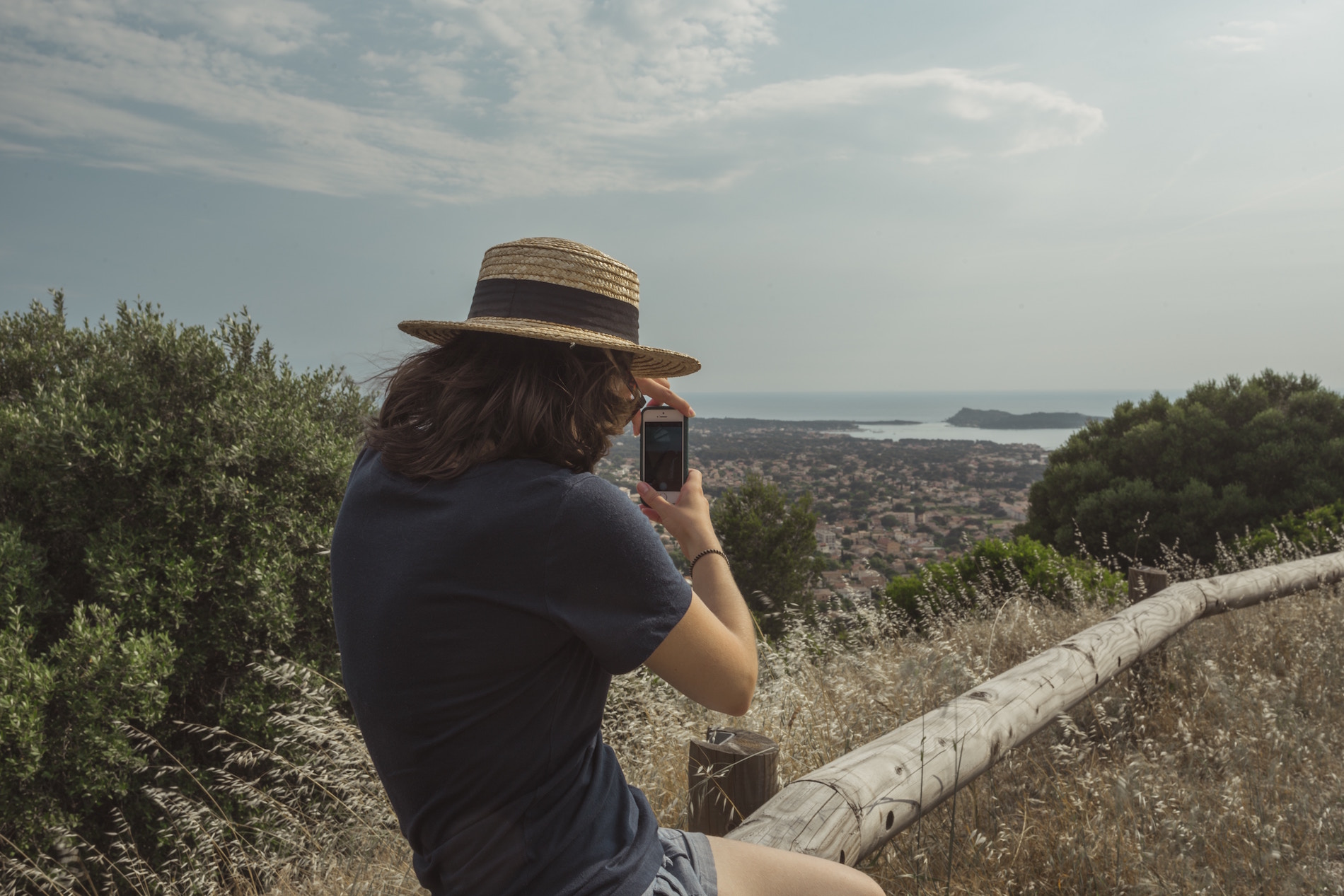 Photo by Jp Valery on Unsplash
Photo by Jp Valery on Unsplash
If you’re serious about making money online with your travel experiences, start with a travel blog and see how it goes. If you like it and start to gain a following, you can always link in a travel-themed Instagram or Facebook page.
I personally have no social media fame by any stretch of the imagination. But then again, I’m not really looking for it. I have a travel blog and a Facebook page to promote it, but I don’t make any money there and I’m not interested in making it a full-time gig.
If “Travel Instagram Model” or “Voyaging Content Provider” sound like titles you wish to possess, by all means, go for it. But if not, leave it to the pros and just enjoy your travels. You’ll be better off.
9. Make local connections
The advent of technology has also created a new host of opportunities to connect with locals. If you’re single, depending on what you’re into, you can use swipe-right apps like Tinder and Grinder to find interested locals nearby when you’re in an unfamiliar city or town. This is a great way to get to know a culture and get a special private tour that is guaranteed to be memorable.
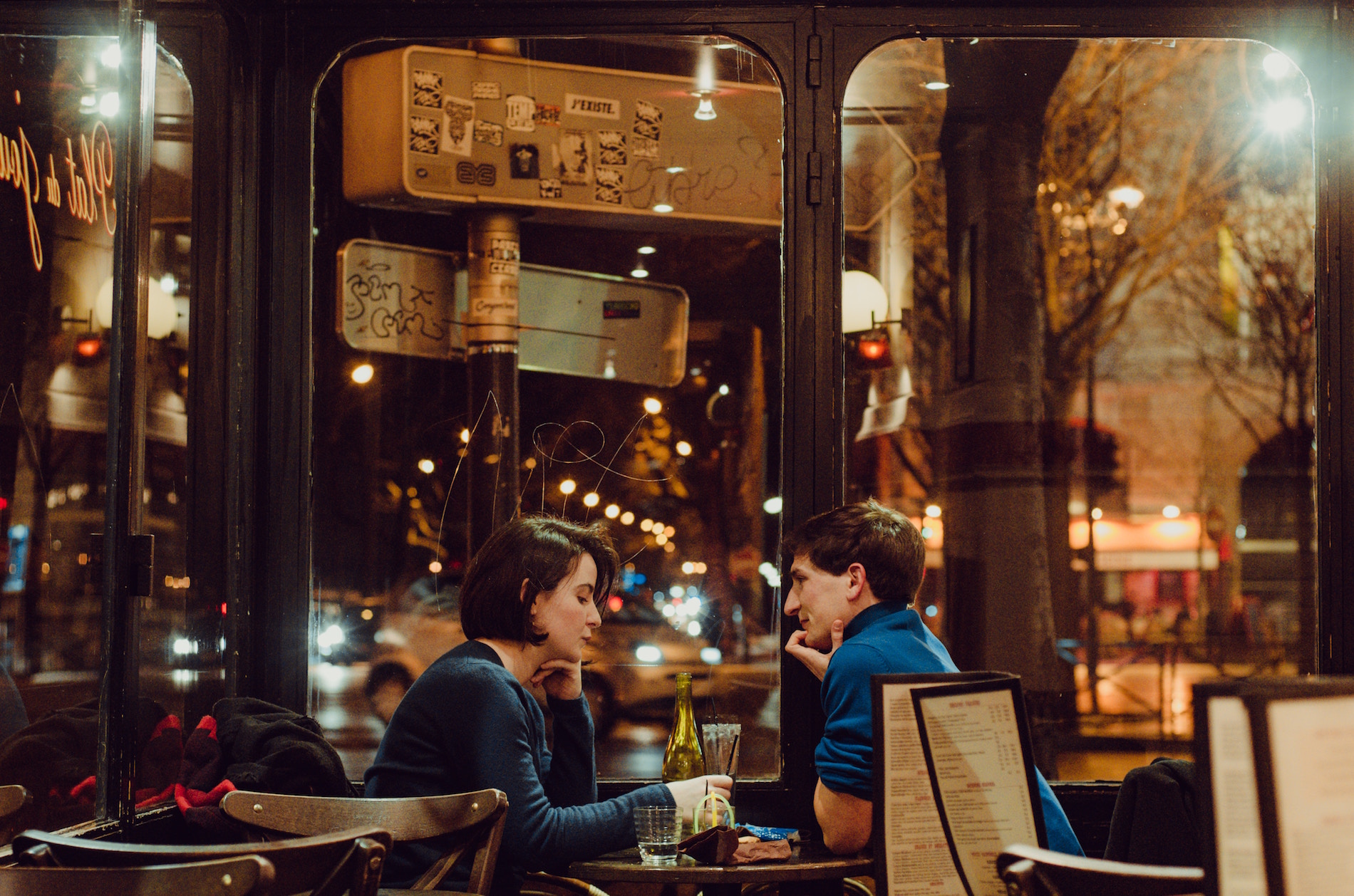 Photo by Huy Phan on Unsplash
Photo by Huy Phan on Unsplash
I have an Irish friend I was traveling with that used one of these dating apps all throughout Southeast Asia, and he would always come back with the craziest stories after a night out on the town with his latest crush.
If you’re not single or blind dates aren’t your thing, there are many other sites that will put you in touch with people in an area you plan to visit.
Pages like couchsurfing.org and warmshowers.org connect local hosts with free space with travelers who are looking for a place to crash.
These sites are especially good for budget travelers trying to avoid hotel and hostel fees. Staying with a host can also provide you with a unique and authentic experience as a backpacker.
Volunteer websites like wwoof.net, helpx.net and workaway.info put you in touch with residents who are looking for assistance in exchange for room and board.
I personally use WorkAway quite often and have volunteered in almost 2 dozen countries through this service. It’s another fantastic way to meet the real people in a foreign land and have a genuine cultural exchange.
Volunteering also has the added benefit of supplementing your income for extended travels. Be smart and read the review before contacting a host to make sure that a given opportunity is safe and something that sounds like a good fit for you. If it checks all the boxes, take the steps and enjoy the experience.
With every day that goes by, the world gets smaller as we become more connected.
As technology advances, it becomes easier to navigate as a traveler. As I imagine that young man in the phone booth 60-something years ago, I struggle to imagine what the next 60 years will look like for all of us. One thing is for sure though, there’s never been an easier time to get around and see the world.
Social media plays a role in all our lives now, whether you like it or not. The internet has become like the sun in our world, stretching across the globe and touching all its citizens in one way or another.
If you do take that first step and decide to venture out into parts unknown, phone in pocket, laptop in bag, in search of a higher truth, worldly knowledge, or just a nice beach where you can work on your tan, the next question is what type of digital shadow you’ll decide to cast into that big, bright, far-reaching ether.